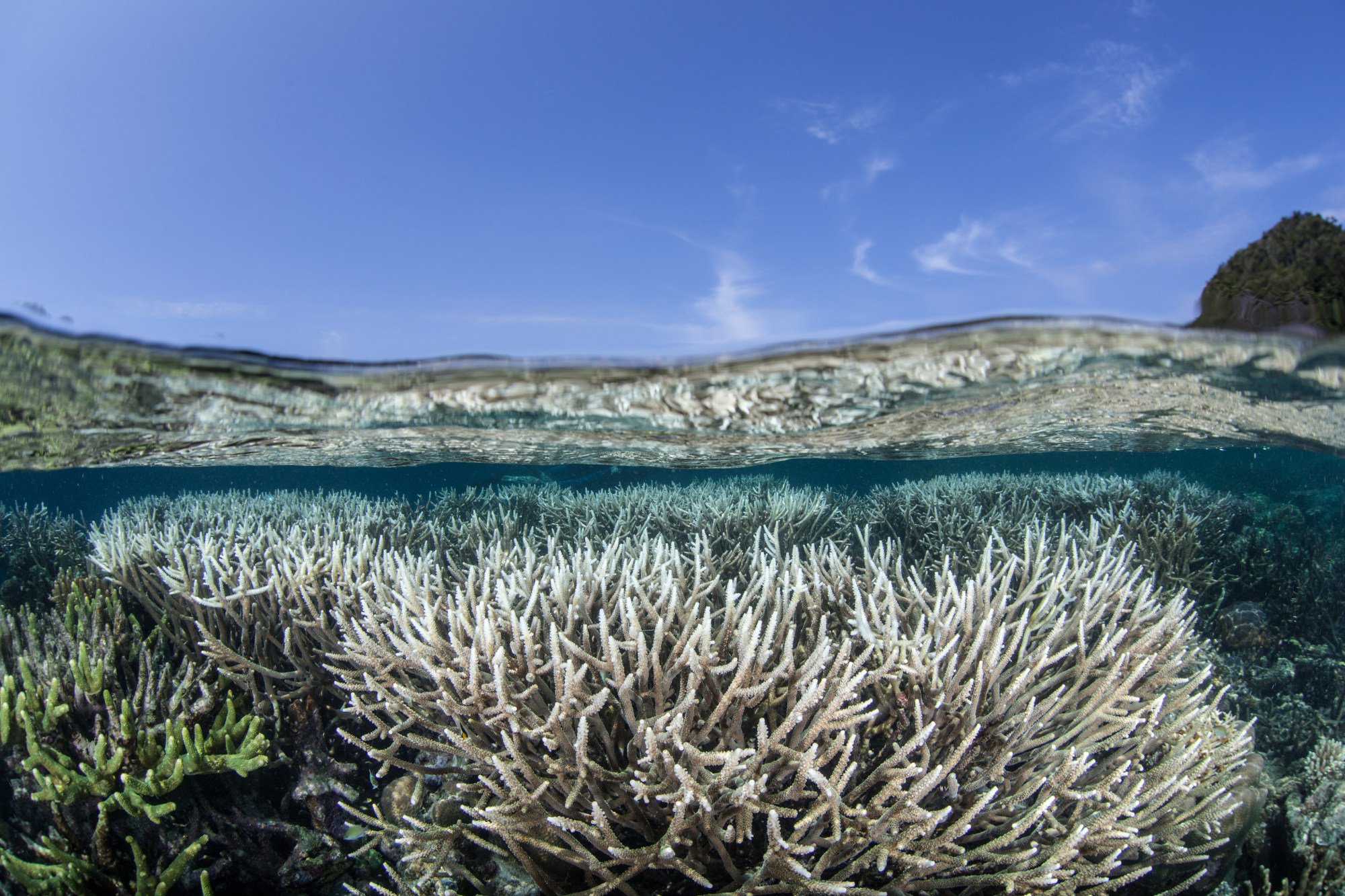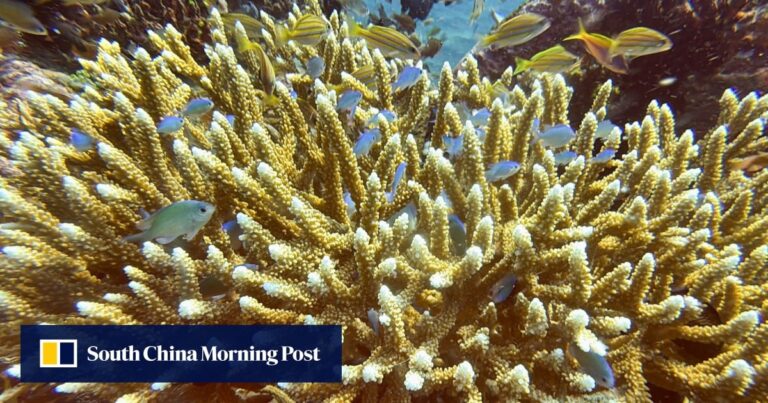The U.S. Treasury Department announced on Monday that the United States has agreed to forgive $35 million in Indonesian debt over the next nine years in exchange for the country restoring and protecting coral reefs that experts estimate are among the most biodiverse in the world.
Coral reefs are under threat worldwide, primarily from warming oceans caused by climate change, with data from May showing that nearly two-thirds of coral reefs have been exposed to enough heat stress in the past year to cause potentially fatal “bleaching.”
The agreement, the fourth “debt-for-nature” swap between the two countries since 2009, is expected to fund conservation efforts for at least 15 years in two key regions known as the “Coral Triangle.”
The Birds Head and Lesser Sunda Banda Seascapes in question both cover hundreds of thousands of hectares and are home to more than three-quarters of coral reefs and over 3,000 species of fish, turtles, sharks, whales and dolphins.
“These two regions are both epicenters of biodiversity,” said Alexandre Portnoy, legal adviser to Conservation International, which helped craft the agreement.
Coral reefs are more difficult to protect at a national level because they are primarily threatened by global warming greenhouse gas emissions from the burning of fossil fuels, which Indonesia cannot address alone.
The agreement, signed last week and announced Monday, is still expected to bring about change.
The deal will wipe out $26 million of Jakarta’s debt under the US Tropical Forest and Coral Reef Protection Act, with Conservation International contributing $3 million and The Nature Conservancy, another group closely involved in the debt swap, contributing a further $1.5 million.

While Indonesia works to restore the reef, local nonprofits will use the conservation fund’s funding to support projects that directly benefit the reef ecosystem and support sustainable livelihoods for the people who depend on the reef.
“It’s very simple,” Portnoy said, explaining that the debt-for-nature swap was specifically designed to “break the vicious cycle” of debt burdens that lead to environmental degradation.


